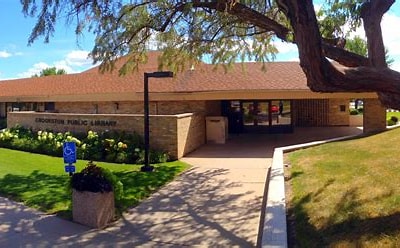Due to rapidly developing precipitation deficits over much of Minnesota, six watersheds will be moving to the Drought Watch Response Phase as prescribed in the Minnesota Statewide Drought Plan (files.dnr.state.mn.us/natural_resources/climate/drought/drought_plan_matrix.pdf).
- Mississippi Headwaters
- Western Superior
- Croix
- Rainy River
- Upper Mississippi-Black-Root
- Upper Mississippi-Maquoketa-Plum
Four watersheds have remained in various drought response phases since the summer of 2022 and are currently in the Drought Watch Response Phase due to prolonged drought conditions:
- Des Moines River
- Missouri-Little Sioux
- Missouri-Big Sioux
- Red River
A drought watch means a significant portion of the watershed is abnormally dry or in moderate drought. The more intense drought warning phase, which much of Minnesota entered in 2021 and 2022, means more severe and widespread drought. Some degree of drought occurs in Minnesota nearly every year.
The U.S. Drought Monitor map released today shows significant amounts of abnormally dry and moderate drought conditions over much of the state, with a small portion of severe drought developing in central Minnesota. There is also a significant amount of moderate drought in and near the seven-county Twin Cities Metropolitan Area. “Abnormally dry” and ”moderate drought” classifications mean there are decreased lake and river levels, reduced soil moisture, and increased fire danger.
The DNR encourages water users and suppliers in drought watch areas to consider voluntary measures to reduce water use. Per the Statewide Drought Plan, no mandatory restrictions or new water appropriation suspensions are being implemented at this time.
The DNR is taking the following actions:
- Notifying the State Drought Task Force of these conditions. The task force comprises representatives from state agencies, local governments and related organizations.
- Updating the DNR Drought webpage.
- Notifying public water suppliers in the Drought Watch Response Phase watersheds and encouraging them to implement demand reduction and water conservation measures.
- Closely monitoring conditions.
“Drought watch is a reminder that Minnesotans should not take water for granted. Water use increases as conditions become drier, and that strains water supplies,” DNR Conservation Assistance and Regulation Section Manager Randall Doneen said.





